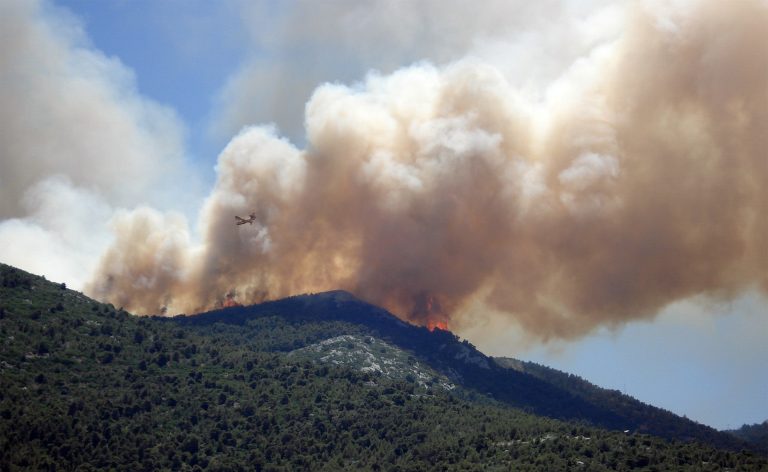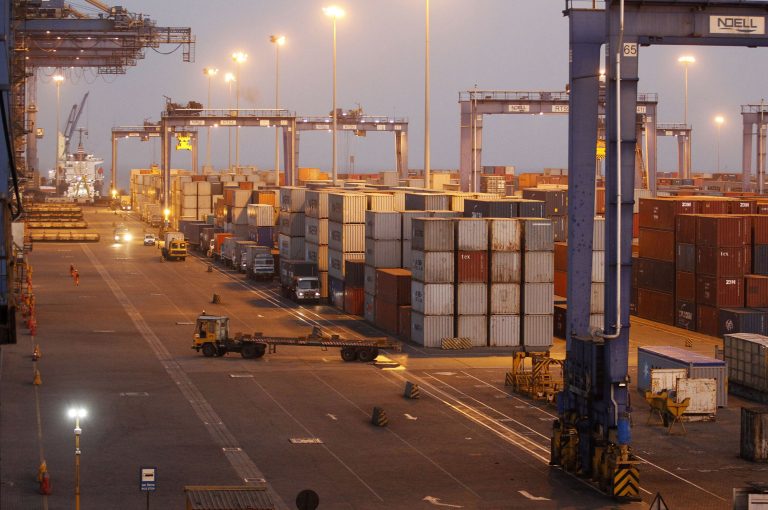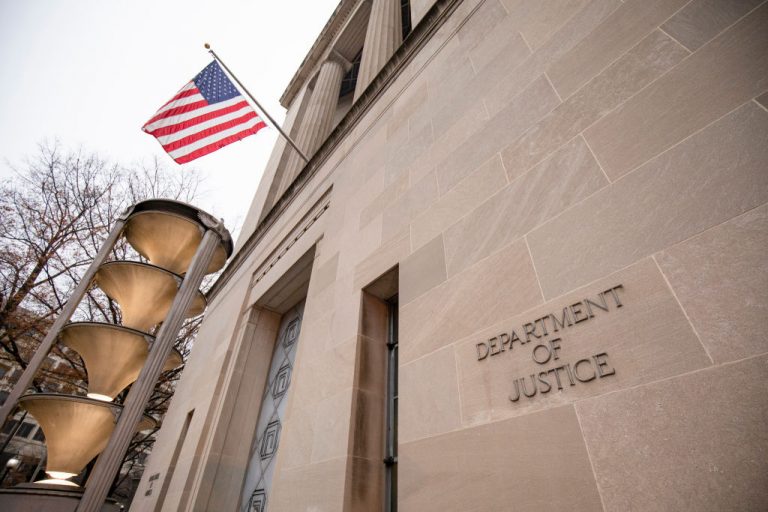U.S. states of Oregon and California are battling some of the worst wildfires in their history that have, till now, scorched thousands of acres of land. In Oregon, the Bootleg Fire, which began on July 6, and is believed to have been caused by lightning, has burned through more than 409,611 acres as of July 26. Only 53 percent of the fire has been contained.
This is the largest active wildfire among the 86 wildfires raging across the United States at present and is burning in the Fremont-Winema National Forest, located around 28 miles northeast of the Klamath Falls. The previous biggest wildfires in Oregon were Biscuit Fire in 2002 and the Long Draw Fire in 2012, both of which burned over 500,000 acres.
Bootleg Fire is massive enough to be impacting the atmosphere. “The fire is so large and generating so much energy and extreme heat that it’s changing the weather… Normally the weather predicts what the fire will do. In this case, the fire is predicting what the weather will do,” Marcus Kauffman, spokesman for the state forestry department, said to NYT.
On July 18, the Bootleg Fire even ended up creating a tornado on the eastern perimeter of the fire. Most of the time, Bootleg Fire has exhibited signs of extreme fire behavior that has resulted in flames spreading rapidly. When the fire is so extreme that it directly affects weather, it poses a tremendous challenge to firefighting efforts.
According to Joe Hessel, who has been a firefighter for more than four decades, Bootleg Fire is the toughest wildfire he has ever encountered, proving very difficult to be brought under control.
Success
You are now signed up for our newsletter
Success
Check your email to complete sign up
“It’s not unusual to get a few days in a row, or a day here and there, of extreme fire behavior… But on this incident, it’s been 13 or 14 days in a row… When you have that type of fire behavior, it’s hard enough to keep up with it, let alone get ahead of it,” Mr. Hessel, an incident commander with the Oregon Department of Forestry team, reported the NYT.
Fremont-Winema National Forest is now closed to the public. Evacuation centers have been set up at the Klamath County Fairgrounds and two schools. On July 19, Bootleg Fire merged with the Log Fire and transformed into a single wildfire.
Dixie Fire
In California, the state’s largest wildfire, Dixie Fire, has forced the evacuation of around 8,400 people. Just 21 percent of the fire has been contained. More than a dozen homes are destroyed while 10,000 homes are under threat. Dixie Fire has burned through 181,000 acres of land and is the second-largest active fire in the United States. According to local officials, it is the 15th largest fire in the history of the state.
The fire is also creating smoke columns capable of sparking lightning storms that can end up causing even more fires. “As the smoke clears, the sun warms the ground, we’re going to see those air masses start moving very quickly… What does that mean for the firefighters on the ground? Erratic, windy fire behavior,” Mitch Matlow, public information officer assigned to the Dixie Fire, said to CBS News.
Last weekend, Dixie Fire, which started on July 14, merged with Fly Fire. Governor Gavin Newsom has declared a state of emergency in four counties – Plumas, Alpine, Butte, and Lassen.
Strong winds are fanning the flames, making efforts to control the fire difficult. According to Matlow, flames have spread to remote regions with steep terrain where firefighting crews cannot easily reach.
“Fire behavior has been so unpredictable, it hasn’t been safe for inspectors to go in to work… Until things settle down, we won’t know the extent of what’s burned,” reported the Associated Press.
Heatwave
Around 1.5 million acres of land in 13 American states have been torched by the wildfires in 2021. The parched landscape has only fuelled the phenomenon. The 2021 fire season is on track to break last year’s record when over 10.6 million acres were burned. Things are only expected to become worse as America will soon be baked in an extreme heatwave.
A vast “heat dome” will be settling down on the West Coast this week that could cause temperatures from California and Pacific Northwest to the Great Plains and Great Lakes to surge. According to estimates, the temperatures might rise by 15 to 25 degrees higher than average. Some areas could see temperature records being broken. The higher temperatures will raise the risk of ignition and wildfires in the region.
“Besides excessive heat, the dome of high pressure aloft will trap smoke from active wildfire areas in the West, shown moving clockwise around the high pressure in this forecast of near-surface smoke concentrations. Numerous Air Quality Alerts dot the region to begin the week,” the U.S. National Weather Service (NWS) Weather Prediction Center tweeted.







